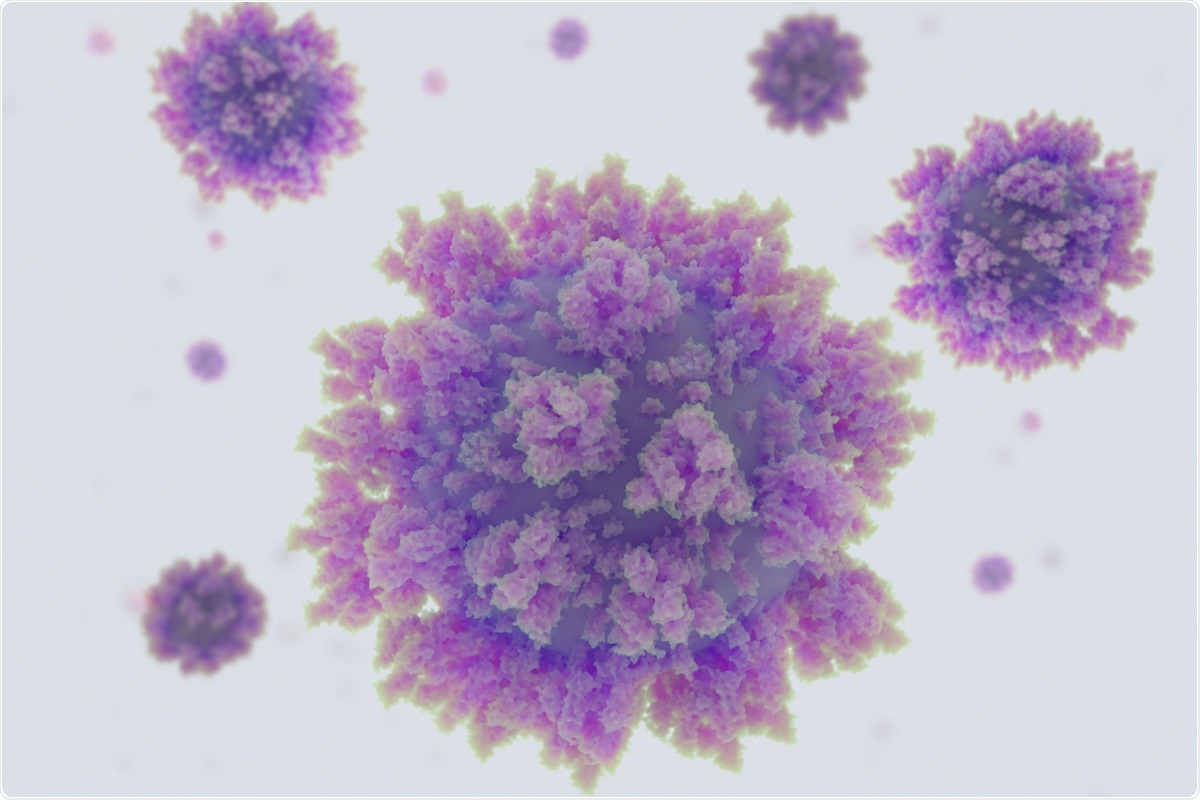Severe acute respiratory syndrome coronavirus 2 (SARS-CoV-2) first emerged in late 2019 in Wuhan, China. The virus rapidly spread worldwide, causing millions of morbidity and mortality cases, known as the coronavirus disease 2019 (COVID-19) pandemic. To combat the spread and effects on human health, scientists from various fields came together in a focused effort to control the outbreak. Within one year, COVID-19 vaccines had been developed.
 Study: Dynamic Allostery Highlights the Evolutionary Differences between the CoV-1 and CoV-2 Main Proteases. Image Credit: Juan Gaertner/ Shutterstock
Study: Dynamic Allostery Highlights the Evolutionary Differences between the CoV-1 and CoV-2 Main Proteases. Image Credit: Juan Gaertner/ Shutterstock

 This news article was a review of a preliminary scientific report that had not undergone peer-review at the time of publication. Since its initial publication, the scientific report has now been peer reviewed and accepted for publication in a Scientific Journal. Links to the preliminary and peer-reviewed reports are available in the Sources section at the bottom of this article. View Sources
This news article was a review of a preliminary scientific report that had not undergone peer-review at the time of publication. Since its initial publication, the scientific report has now been peer reviewed and accepted for publication in a Scientific Journal. Links to the preliminary and peer-reviewed reports are available in the Sources section at the bottom of this article. View Sources
The development of these vaccinations was seen as a significant breakthrough in the fight against SARS-CoV-2, with vaccine effectiveness being reported as 95%. However, the need remains for further potential SARS-CoV-2 inhibitors. Several studies have raised concerns regarding vaccine efficacy, highlighting challenges ranging from distribution to cost of development as well as public perception and vaccine uptake.
The mutation rate of SARS-CoV-2 and its high transmission level have caused the formation of new, uniquely identifiable variants of the virus. New viral strains that are more virulent and transmissible may be resistant to current vaccination programs, highlighting that investigations into vaccination and treatment methods should remain continuous.
To better understand the biophysical changes that occur due to mutations, the mechanisms of multiple SARS-CoV-2 proteins have been studied and compared with SARS-CoV-1. Researchers from Arizona State University explored the long-range relationship, specifically in cross-chain dynamics, utilizing the Dynamic Coupling Index (DCI) to analyze the dynamic coupling between the catalytic site residues and the rest of the protein, both intra- and interchain for the SARS-CoV-1 and SARS-CoV-2 mPro.
A preprint version of the study is available on the bioRxiv* server while the article undergoes peer review.
Cross-chain dynamic coupling is enhanced for the SARS-CoV-2 mPro catalytic site residues
Previous studies on the Mpros of SARs-CoV-1 and SARS-CoV-2 have highlighted the essential cross-chain communication between chains A and B for function by utilizing the ENM model and employing low-frequency modes to examine allosteric interactions and dynamics comparing the two proteases. This research revealed that multiple protein regions displayed strong cross-chain dynamic coupling as measured by a residue-residue dynamic cross-correlation map.
In this study, the authors investigated further the ability of these catalytic sites to interact with the protein structure allosterically and possibly identify new allosteric residues. The %DCI distribution within a given chain, based on proximity, states that the residues situated close to the catalytic sites are strongly coupled, with weak coupling displayed by those further away. However, for interactions between chains A and B, the almost opposite behavior is exhibited of what would be expected if coupling was a measure of proximity alone.
It is indicated further by these coupling profiles that cross-chain communication is likely an essential mechanistic regulator for the functionality of the SARS-CoV-2 mPro. Moreover, analysis of a direct comparison to the SARS-CoV-1 mPro displayed that this strong inter-chain coupling of the catalytic sites and these residue groups is almost completely lost.
Inhibitor binding allosterically induces changes in flexibility to distal site differently between SARS-CoV-1 and SARS-CoV-2
Allosteric regulation may play a key role in capturing the changes in dynamics between the SARS-CoV-1 and SARS-CoV-2 mPro systems. The authors investigated to determine how the allosteric response to ligand binding events differed between the two viruses.
Similar dynamic flexibility profiles were observed in both viruses with the inhibitor bound and unbound. However, a significant difference in behavior was seen for a set of residues situated at the dimeric interface of both chain A and B. Interestingly, when bound to an inhibitor, these residues became more flexible in SARS-CoV-1 but less flexible in SARS-CoV-2.
Implications
The authors produced a comparative analysis between the mPro systems of SARS-CoV-1 and SARS-CoV-2 to understand better the biophysical changes that occur with the mutations between the two enzymes. This study displays that enhanced cross-chain communication is exhibited by the SARS-CoV-2 mPro system between the catalytic site residues and viral structure.
Also, the authors explain how certain regions of the SARS-CoV-2 mPro display significantly different flexibility behavior when bound to an inhibitor compared to the mPro of SARS-CoV-1. Future research should analyze these regions with the largest changes in flexibility and coupling to identify putative allosteric binding sites for potential inhibitory drugs.

 This news article was a review of a preliminary scientific report that had not undergone peer-review at the time of publication. Since its initial publication, the scientific report has now been peer reviewed and accepted for publication in a Scientific Journal. Links to the preliminary and peer-reviewed reports are available in the Sources section at the bottom of this article. View Sources
This news article was a review of a preliminary scientific report that had not undergone peer-review at the time of publication. Since its initial publication, the scientific report has now been peer reviewed and accepted for publication in a Scientific Journal. Links to the preliminary and peer-reviewed reports are available in the Sources section at the bottom of this article. View Sources